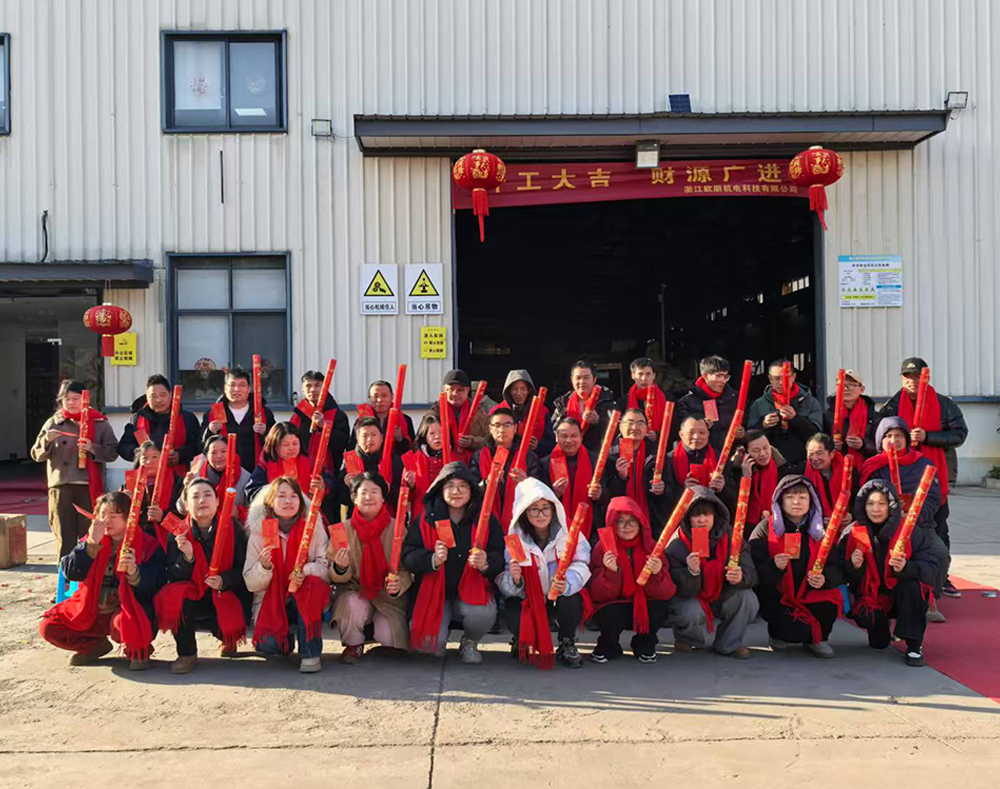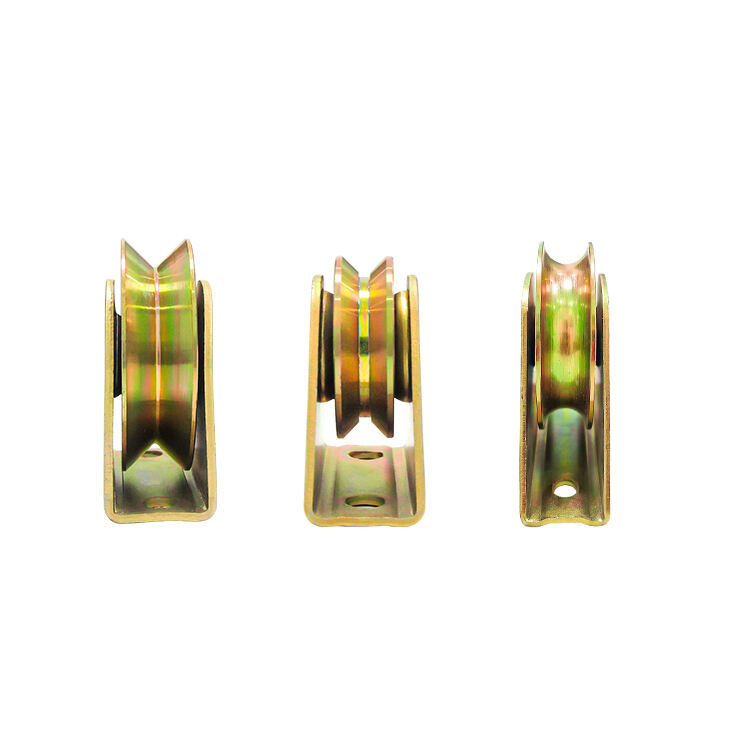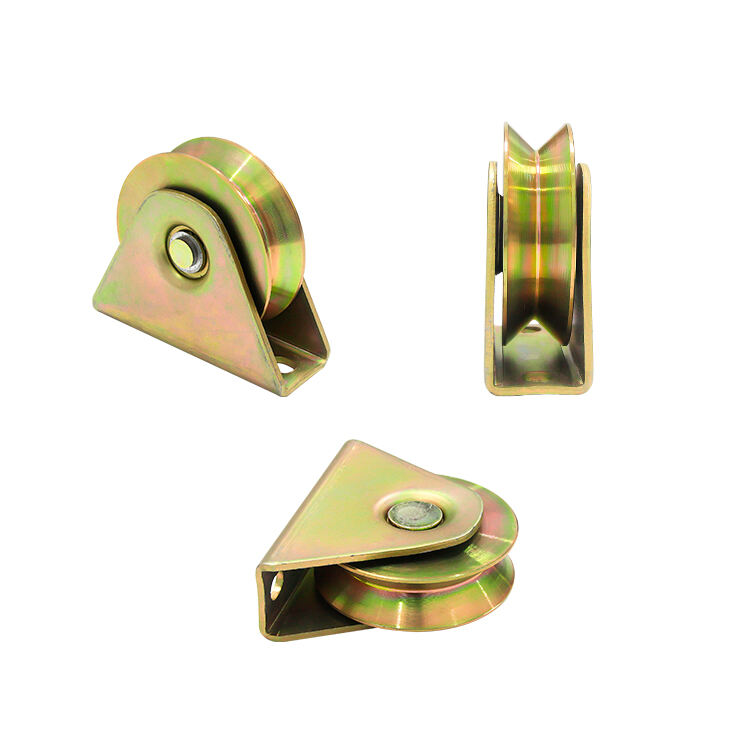The Role of Sliding Gate Tracks in Smooth Operation
How Tracks Influence Gate Movement
Sliding gate tracks play a pivotal role in ensuring the smooth operation of a sliding gate system. Their design affects how easily and quietly the gate can slide open and closed. The materials used and the width of the tracks are essential in load distribution, preventing sagging and ensuring longer-lasting performance. This is especially important under varying weather conditions where material integrity can be tested. According to principles of physics, the correct alignment of tracks reduces resistance, while the area under the gate limits friction, leading to a seamless movement over time. It's important to utilize high-quality materials and precise designs to achieve optimal gate movement.
Key Components of an Effective Track System
An effective sliding gate track system comprises guides, rollers, and brackets, all working harmoniously to create stability and durability. High-quality rollers are particularly crucial as they reduce wear and tear on tracks and promote ease of movement. They are essential for environments dealing with heavy-duty sliding gate openers, commonly found in high-traffic areas. Additionally, safety features like stop rollers are integrated to prevent gate accidents, safeguarding both residential and commercial spaces. The key is to ensure that each component of the track system is engineered for compatibility and efficiency, thereby enhancing the overall performance and safety of the sliding gate.
Types of Sliding Gate Tracks and Their Applications
Standard Roller Tracks for Residential Use
Standard roller tracks are specifically tailored for lightweight gates commonly found in residential properties. These tracks prioritize simplicity and functionality over complexity, making them easier for homeowners to install and maintain. Materials such as aluminum and steel are frequently used for constructing these tracks due to their durability and adaptability for various aesthetic preferences. Building upon this, surveys indicate that homeowners appreciate tracks that combine functionality with minimal maintenance requirements, which plays a significant role in enhancing overall property value.
Heavy-Duty Tracks for Commercial Security
Heavy-duty tracks are specially crafted to handle greater loads, making them essential for commercial properties requiring enhanced security measures. Their construction involves reinforced materials that can resist wear and tear over time, ideal for high-traffic environments like warehouses and industrial sites. Experts suggest implementing cantilever sliding gate systems alongside these heavy-duty tracks, as they offer additional space efficiency, especially crucial in areas with limited space for traditional sliding mechanisms.
Cantilever Systems for Space Efficiency
Cantilever systems are uniquely designed to allow sliding gates to operate without ground tracks, thereby conserving valuable driveway space. This system is particularly advantageous for properties with uneven terrain or when installing ground tracks is not feasible. Implementing cantilever systems entails thorough planning as their mechanics diverge notably from traditional sliding gates. Their ability to adapt to challenging terrains and save space makes them highly sought after for specific property types where conventional systems may fall short.
Best Practices for Sliding Gate Track Installation
Site Preparation and Foundation Requirements
For a successful sliding gate installation, proper site preparation is essential. It begins with assessing soil stability and ensuring the foundation is level, which is crucial to preventing uneven gate movement over time. A study by the American Society of Civil Engineers highlights that a stable foundation can significantly extend the lifespan of an outdoor structure. Professionals generally recommend using concrete foundations at least 4 inches thick to provide optimal load-bearing capacity and enhance the track's longevity. Before beginning installation, it's also vital to survey local building codes to avoid potential legal issues and ensure the structure complies with all regulations.
Proper Alignment Techniques
Proper alignment is critical for smooth gate operation and reduces the risk of derailment. During installation, using alignment tools and levels helps confirm that tracks are straight before making final adjustments. An article in Construction Today emphasizes the importance of these steps to minimize maintenance in the long run. After installation, periodically checking and adjusting track alignment is advisable to prevent premature wear and maintenance issues. Regular inspections ensure that any misalignments are corrected promptly, contributing to the gate's efficient performance and longevity.
Integrating Motors and Automatic Openers
Integrating electric sliding gate openers enhances both security and convenience, allowing for remote access and automated control. Choosing the right sliding gate motor is crucial, with considerations including the gate's weight and frequency of use to improve system functionality. Popular Mechanics advises using backup power options and manual overrides to ensure reliability during power outages. These features offer peace of mind and reassurance that security measures remain intact, even when the primary power source is compromised. Additionally, professionals often recommend consulting with experts to select suitable products for specific gate requirements.
Maintaining and Troubleshooting Your Gate Track
Routine Cleaning and Lubrication
Regular maintenance of sliding gate tracks ensures optimal performance and longevity. One of the key aspects is routine cleaning, which helps prevent debris buildup that can disrupt smooth operation. It's important to use appropriate lubricants designed specifically for gate track systems to reduce friction and enhance mobility. Experts recommend applying lubrication at least twice a year to maintain smooth sliding functionality. Documenting maintenance schedules not only provides a structured approach to upkeep but also can significantly extend the lifespan of your sliding gate tracks, ensuring they operate efficiently over time.
Addressing Common Wear and Tear Issues
Wear and tear on sliding gate components such as rollers and tracks is inevitable but manageable with regular inspections and timely interventions. Routinely inspecting for signs of rust, alignment issues, and component degradation is crucial to avoid costly repairs or potential accidents. By focusing on these common issues, you can ensure optimal gate performance and safety. Resources and guidelines from gate manufacturers provide invaluable assistance in troubleshooting specific problems related to different track types and can guide effective maintenance protocols.
Safety Inspections and Adjustments
Safety inspections are vital to preventing accidents and enhancing user protection associated with sliding gates. An annual comprehensive evaluation should include checking the functionality and safety features, such as obstruction sensors and emergency stops. Adjusting tension settings and ensuring that automatic systems respond correctly to emergency stops can further bolster reliability. Collaboration with professional gate service providers offers advantages in performing thorough safety evaluations, guaranteeing that all aspects of gate safety and operation are optimized for utmost security. Expanding these safety measures provides peace of mind and confidence in your sliding gate system.




